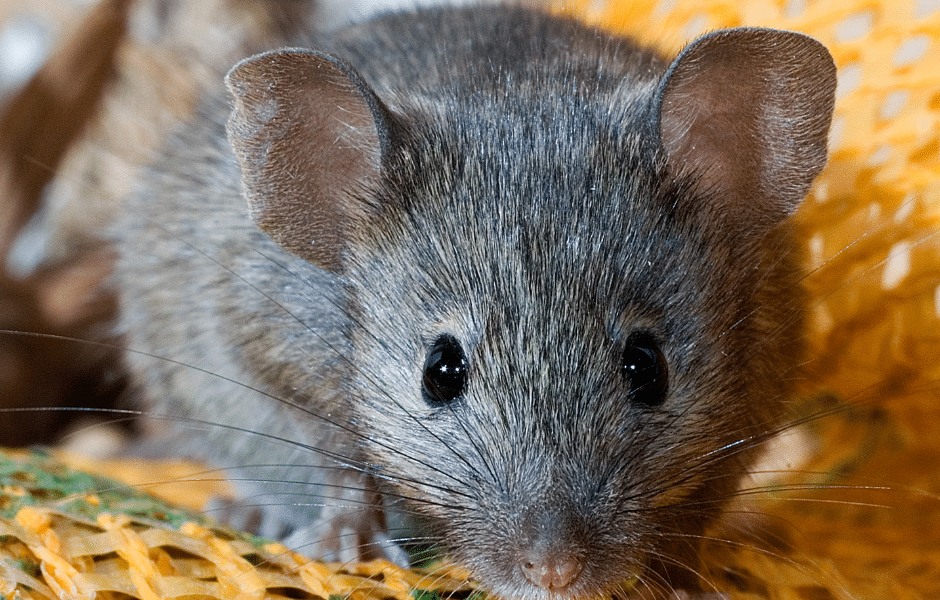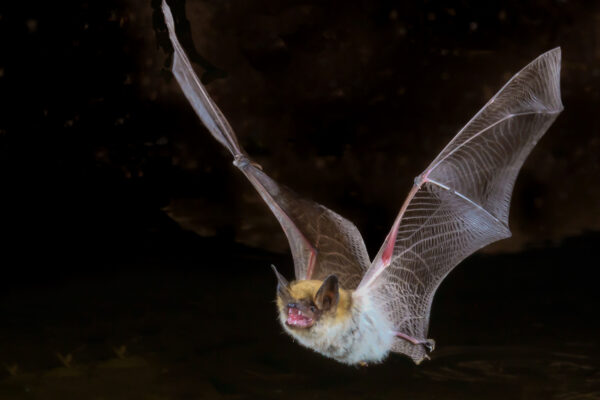
Some people can hardly tell rats and mice apart. Yes—They look pretty similar. But the truth is the two small rodent species have several physical and characteristic differences. After reading through this informative blog by experienced professionals at Covenant Wildlife, you’ll easily tell the difference between rats and mice.
Here, you will learn about the little details that make rats and mice similar and what sets them apart. Continue reading to confidently and correctly identify these two common pests.
How are Rats and Mice Similar?
We will start with recognizing how rats and mice are similar, which is often the easiest for the untrained eye to notice. Both animals are rodents, of course. They have large upper teeth, called incisors, a commonality of all rodents. Rats and mice use their strong teeth to gnaw and chew. In fact, these teeth never stop growing! So, they must continuously file them down by chewing on anything available.
Additionally, these creatures have relatively short legs with long slender tails. Both pests may cause similar and significant damage to the home, sometimes resulting in a sudden house fire. Rats and mice like to gnaw at all kinds of structural material, but the most alarming of all is their fondness for electrical wires. It doesn’t take much for a spark to occur and a fire to spread quickly.
One of the most fascinating characteristics these animals share is that they are both bred in captivity to be kept as pets. Some even say they are better pets than the more typical hamster or guinea pig.
Unfortunately, these two rodents in the wild often carry and spread ill-causing diseases and problematic parasites. Health concerns are one of the most significant factors when discovering rats or mice in your home.

The Difference Between Rats and Mice
What immediately sets them apart from one another is what you can see at first glance—their size. Rats are larger on average than mice. However, small rats and large mice also exist. So, it’s best to look a little further to confidently tell the difference between rats and mice, using the following categories:
- Appearance
- Habitat and Nesting
- Waste
- Behavior
Appearance
Rats range from 9 to 11 inches with a tail about the same length. They can weigh up to one and a half pounds, with thicker tails and a bulkier body shape. Furthermore, rats have smaller ears than most mice, and their fur has a rougher texture. Unlike mice, rats have no hair on their tails.
In contrast, mice are significantly smaller, reaching body lengths of 3 or 4 inches with tails of the same size. Their weight is also under that of rats, with the average mouse weighing only half an ounce or up to three ounces.
Rather than a bulky body, their pointed snout makes them appear much more round and delicate. Their fur is typically much softer than a rat’s, and their tails are covered in tiny hairs.
Habitat and Nesting
Rats and mice occupy a lot of the same nesting and burrowing areas. You may spot both species in sewer systems, among bushes or tall grasses, or hitching a ride on ships. And, of course, there’s always a chance of mice and rats sneaking into your home.
The biggest habitat difference between rats and mice is that some rat species, like black rats, are excellent climbers and are occasionally found on rooftops or in the attic. On the other hand, mice more often stay closer to the ground.
Waste
You can tell rat waste apart from mice droppings based on the size. Makes sense, right? Unfortunately, it isn’t always that simple unless you have a reference to compare it to or a past experience with one or the other. In general, brown rat droppings are wider, dark brown, and resemble a large piece of rice. And black rat waste is longer, thinner, smaller, and shaped like a tiny banana with pointed ends and a slight curve.
Mouse feces are nearly black and shaped like brown rats’ waste, grain-like. The most significant difference is that rat droppings are often piled together while the mouse’s is scattered randomly.
Behavior
Observing the activity and behavior of the rodent also helps to discover the difference between rats and mice.
For instance, rats:
- tend to be more skittish and cautious than mice.
- are stronger than mice and cause much more destruction to the home.
- follow strict routines and paths, resulting in overall consistency when observing their activity.
On the other hand, mice:
- are very bold and curious, causing them to fall victim to the traps more easily.
- have weaker teeth compared to the rat’s and cause less damage.
- can jump around 13 inches high.
- are nocturnal and more active at night.

Dealing with Rats or Mice in Your Home
In the simplest of terms, there are four steps to dealing with the mice or rats in your home. Experiencing an infestation of either one of these rodents may risk the health and safety of you and your family and cause significant damage to vital home structures and systems, including electrical work.
These common pests are some of the nastiest critters you may come across as a homeowner. Luckily, humans have been faced with home-invading rats and mice since the beginning of civilization. So, we often know just how to get rid of them! While some cases are more challenging than others, you can trust that your local experts or the most popular DIY methods will shoo them away for good!
1 | Identify Whether You Have a Rat or Mouse Infestation
Use the above traits to help you decide which rodent you are dealing with. In summary, here’s what to look for:
Evidence of Rats
- Larger in size
- Sometimes found higher up in the home, like in the attic or on the roof
- Dark brown and larger droppings collected in piles
- Fearful and cautious behavior
Evidence of Mice
- Smaller than rats
- Typically only found closer to the floor in or around your home
- Smaller, almost black droppings
- More bold and curious behavior
2 | DIY Removal Methods
Now it’s time to take action! If you prefer, you can start with DIY methods before calling the pros. However, if you don’t succeed, keep in mind that matters may be worse than before when you finally call your local pest control company. So, in most cases, it’s best to schedule an inspection as soon as you suspect rats or mice.
Nevertheless, here are some techniques to remove the critters from your home.
- Use Strong Smells- Rats are especially sensitive to smells, but so are mice. You can easily deter them by using strong scents. For example, soak cotton balls in peppermint oil and place them throughout the attic to encourage the animals to leave. Ammonia and water, pepper flakes, onions, and garlic also do the trick.
- Rodent Traps- Traps are many people’s go-to solution when dealing with an infestation of rats or mice. It’s not always an effective removal method, but it is convenient. One way to ensure success is to use peanut butter as bait rather than cheese. Also, it’s critical not to expose young children or pets to the potential dangers of traps throughout the home.
- Poisons- There are both store-bought and homemade poisons that can help to eliminate a mouse or rat problem. For a home remedy, try mixing with boric acid and peanut butter to attract the critters with the scent and taste of the peanut butter, but poison them with deadly boric acid. Again, use caution if you have little ones or curious pets in the home.
3 | Call in the Experts
Sometimes, it takes a professional to get these pesky critters out, no matter how hard you try! Whether you started with some DIY techniques or not, if the problem persists, it’s time to call up the local pest control specialists with the tools, experience, and skill to get rid of them for good! All you need to do is dial the phone and schedule an inspection to get started with the rodent removal.
4 | Prevent Mice and Rats
The best approach to pest control is a proactive one. Keep animals away and out of the house by adopting new habits and taking care of a few things. Establishing practical prevention efforts is a great thing to do, even when you don’t suspect an infestation. However, it’s even better to act after working with a pest control company. That way, you’ll have less of a chance of encountering pesky rodents in the future.
Here are some simple ways to prevent mice and rats:
- Seal potential entryways.
- Keep food and beverages put away and cleaned up.
- Schedule routine pest inspections to catch a problem early.
- Cover vents and other functional openings with the proper rodent-preventing covers.
- Keep your yard neat and groomed to make it more unwelcoming to wandering pests.
Call Covenant Wildlife Today
If you’re searching for a trusted, friendly, and professional team to remove critters from your home or property, look no further than the experts at Covenant Wildlife. With years of experience, there’s almost nothing we haven’t successfully handled! Whether it’s rats, mice, raccoons, birds, or even bats, we’ve got you covered!
Reach out to Covenant Wildlife Removal today to see what we can do for you!



